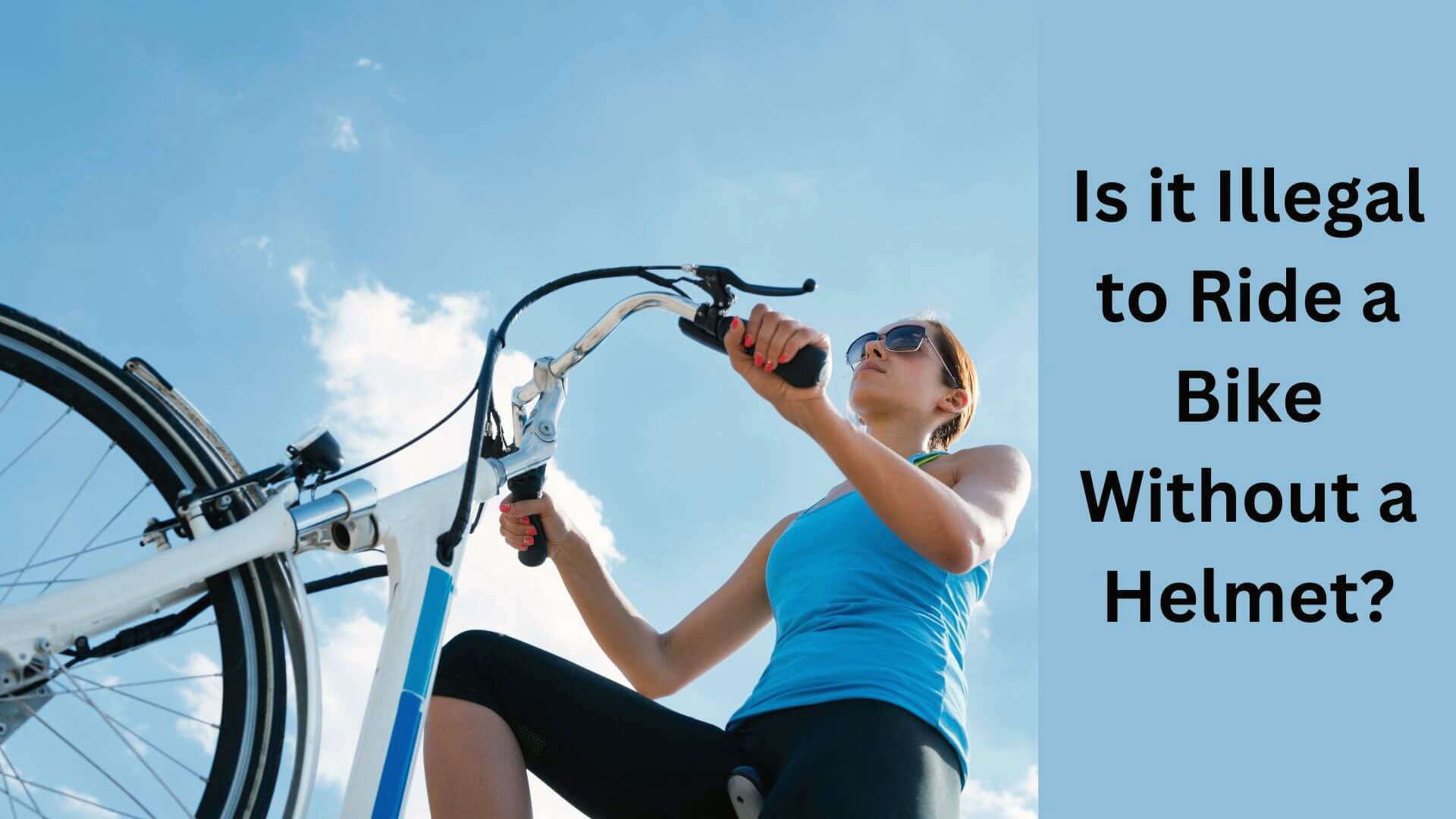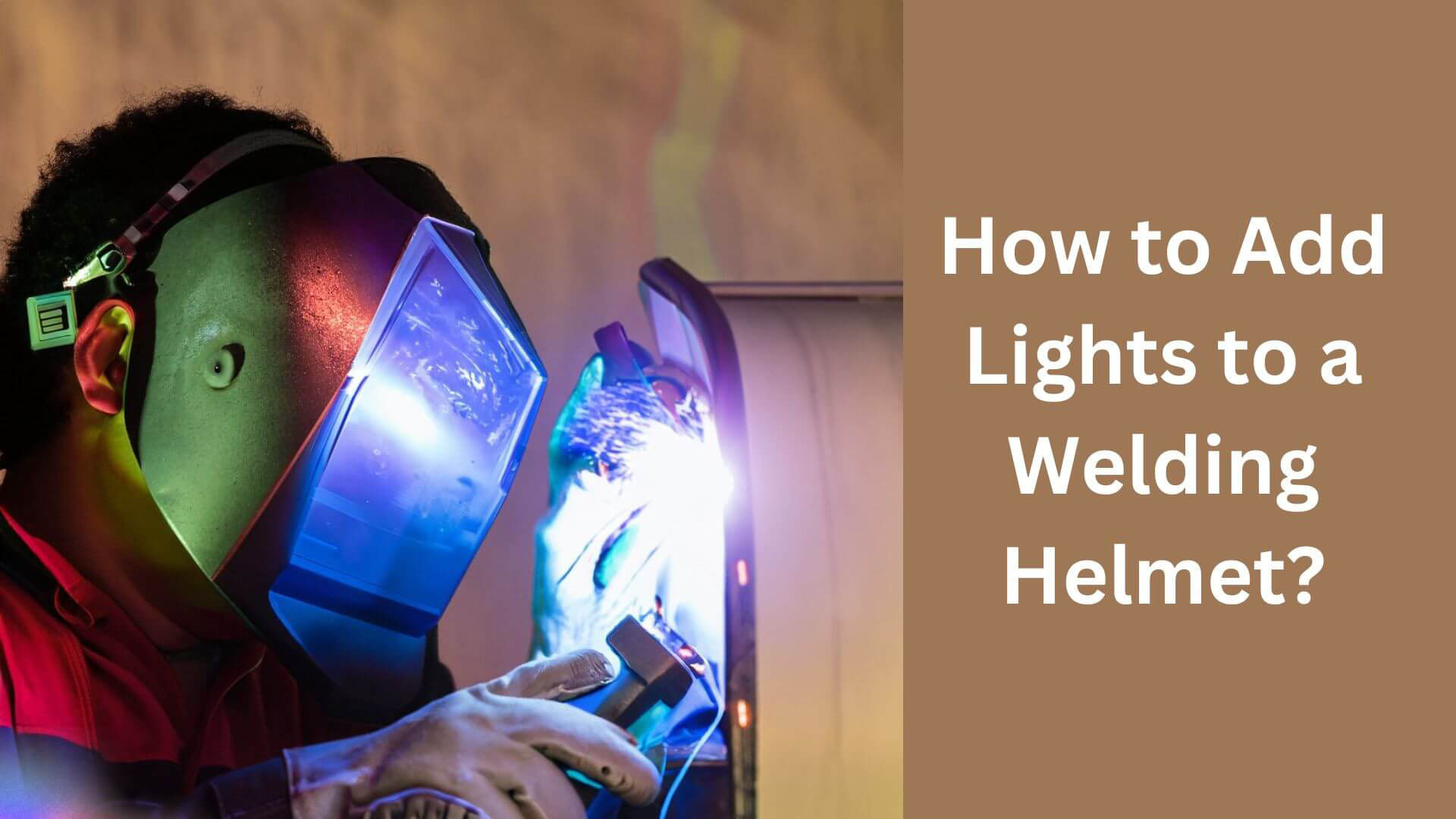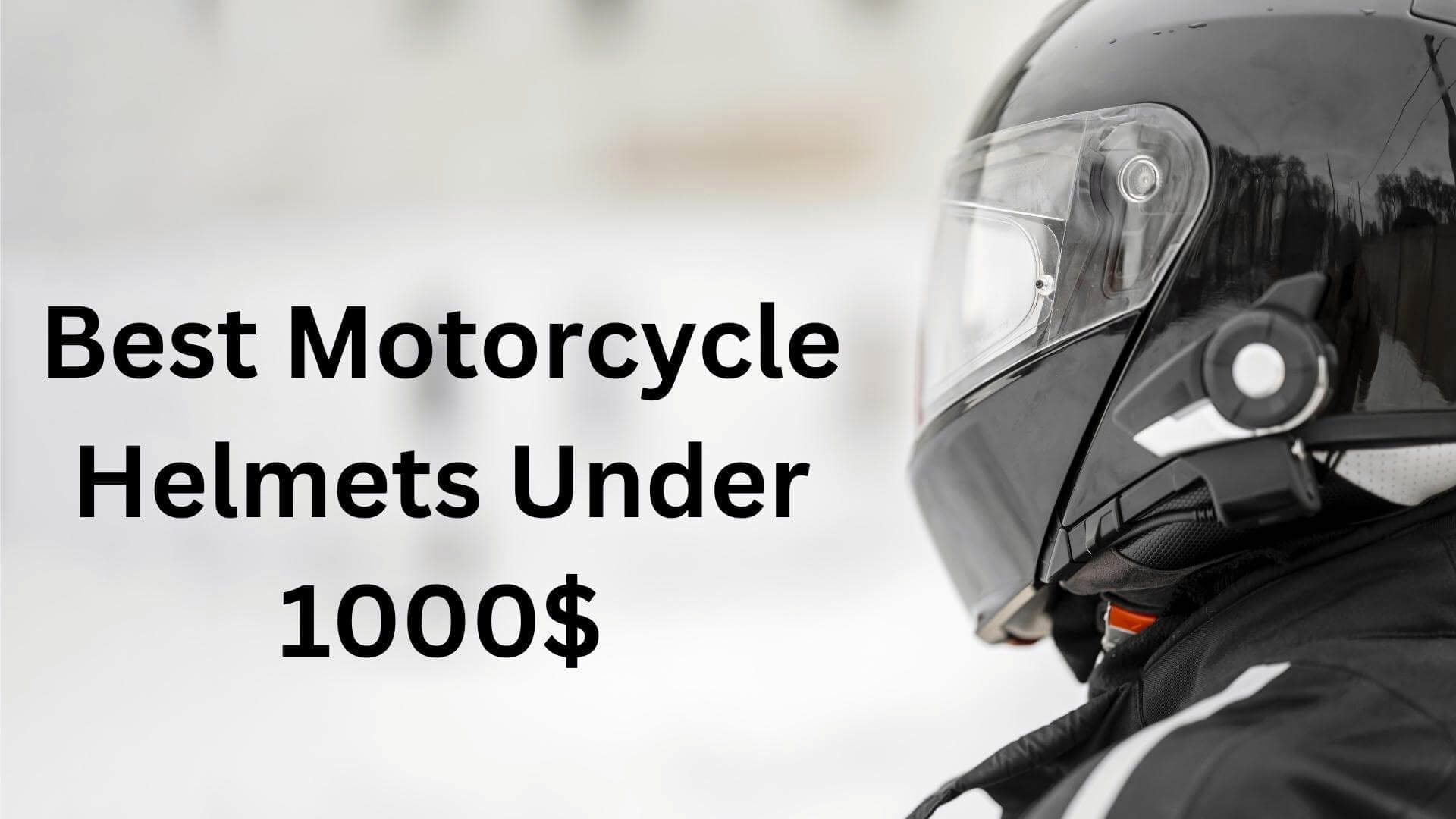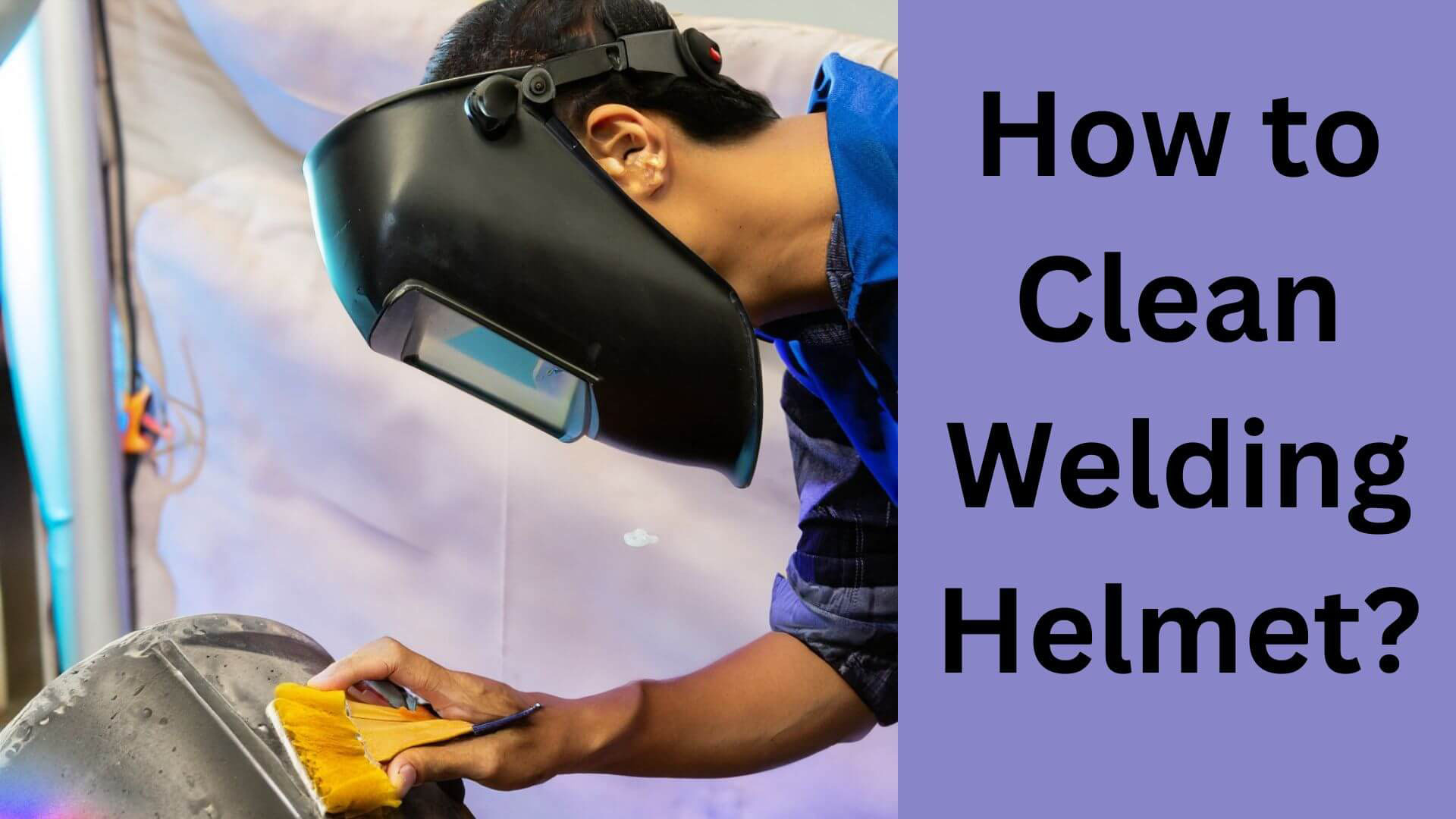How to Clean Bike Helmet Straps?
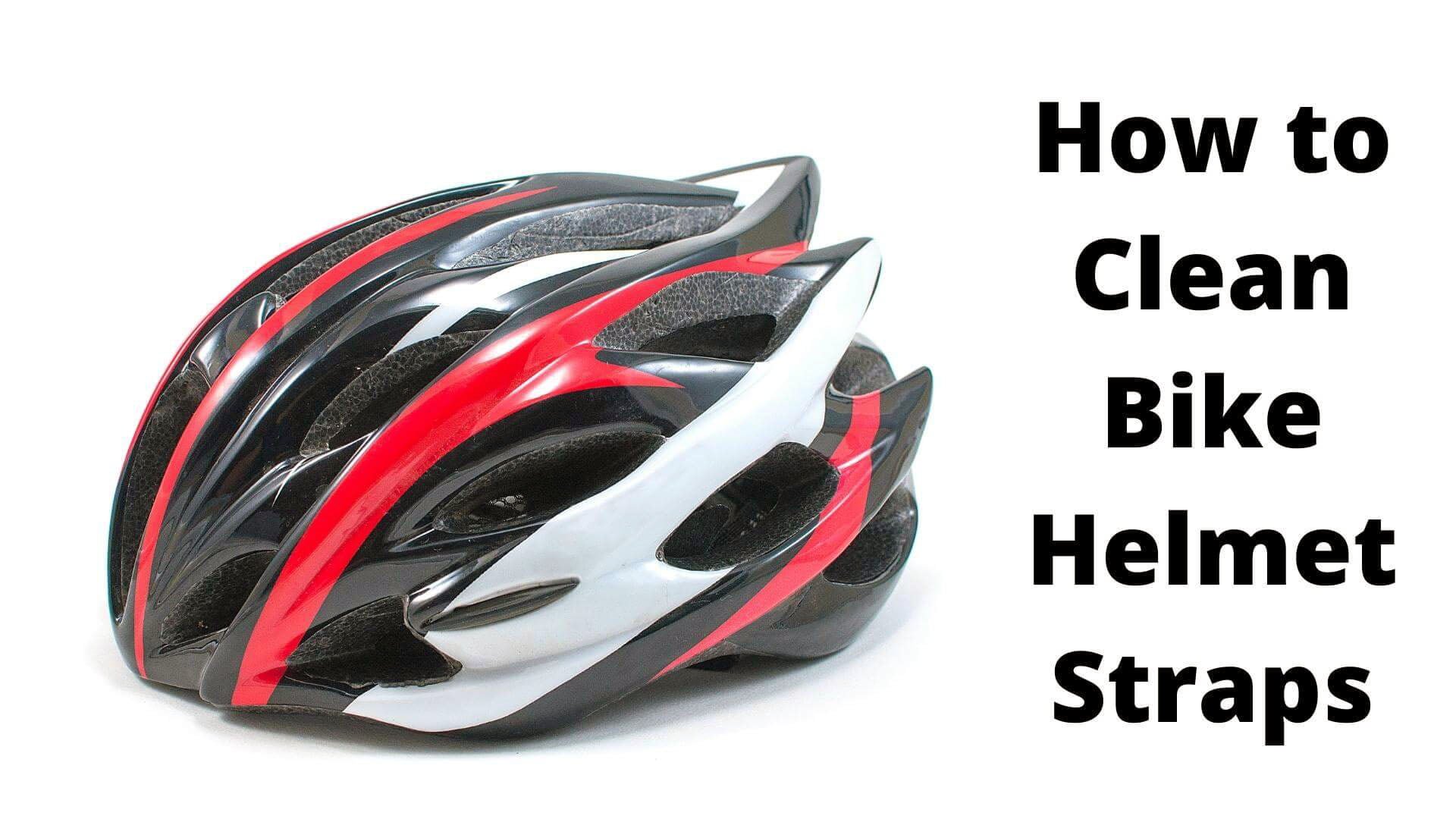
It’s reasonable to say that safety is a significant worry while you’re riding your bike, whether it’s for pleasure or thrill-seeking purposes.
Various protective gear, including amour, knee pads, elbow shields, helmets, and so on, can be used to accomplish this goal. However, the most crucial of these helmets is shielding your head from serious injury.
However, whether you trust me or not, even a high-end motorcycle helmet won’t provide premium service if the chin straps aren’t cleaned and maintained correctly. Consequently, set aside time to keep your motorbike helmet straps during your hectic routine.
We’ve put together this quick instruction on adequately cleaning your motorbike helmet straps at home for your convenience. Take a close look at it to learn more about how it works.
Why Is A Helmet So Important?
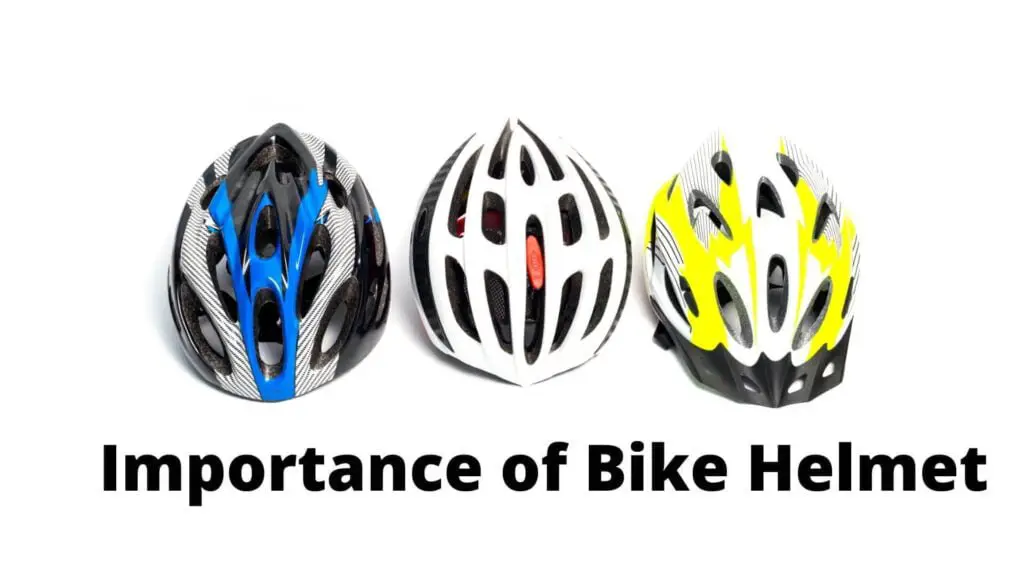
Bicycle helmets are used by many people daily, whether they are commuting to work or competing in races like BMX, road, or mountain riding. Consequently, a bicycle rider’s life would be incomplete without a helmet. It provides both security and comfort in one package.
It protects your head and prevents concussions and brain damage from falls on concrete highways, mountains, and other surfaces. It also saves you from severe winds, showers, hailstorms, and other weather conditions.
What Makes Helmet Straps Wear Out So Quickly?

Before we get into how to clean helmet straps, let’s look at why they break apart in the first place. Helmet straps are typically ruined by sweat and oil exhaled from the body when riding or performing stunts.
But how does it all happen?
While riding a motorcycle, a significant amount of sweat and oil escapes your body is eventually absorbed by the inner layer, cheek pads, and chin straps of your helmet. As a result, they produce unsanitary and unpleasant odors, as well as a large number of bacterial germs.
If you don’t clean the straps at that time, they will quickly become damaged. The indestructibility of chin straps in even the most famous brands discourages riders from washing them regularly.
Moreover, most users employ ineffective cleaning chemicals in the cleaning procedure since they know little about cleaning motorcycle helmet straps.
These factors diminish the utility and lifespan of helmet straps, resulting in a significant increase in penalties.
How Carefully Do We Deteriorate It?
We are well aware that our pricey high-end helmet might degrade. Your body produces a lot of oils and sweat while cycling on a long, exhausting path or a brisk city street. All of that will be absorbed by your helmet. Your helmet’s inner liner, cheek pads, and chin straps are all included.
Consequently, an unsanitary and intolerable odor and an abundance of bacterial germs will be released. Straps are the most common component to fail initially. On the other hand, we tend to forget about the straps on our helmets.
Because most helmet liners and padding can be removed and washed, this is a common complaint, but even high-end models like Giro’s straps cannot be released. A large majority of the riders do not pay attention to them.
There is no way to tell if the straps are adequately cleaned if they are washed. We harm them by using abrasive detergents and rough towels, not because of filth, sweat, or anything else.
Read More: How to Clean a BMX Helmet?
HOW DO I CLEAN THE STRAPS ON MY BICYCLE HELMET PROPERLY?
In this article, I’ll show you how to clean your bike helmet straps step by step. After reading this, you won’t have to think twice about washing your straps. It’s that easy.
Step 1:
Remove the helmets inside the padding first. Next, clear the area of any mineral sludge, dust, or debris that may have accumulated. This should not be washed in the dishwasher. Using a gentle brush, you may remove all of this. You don’t need to buy a new one to clean your teeth.
Step 2:
Before putting them in the water, properly clean them by twisting and turning the straps on each side. If these salts are not effectively eliminated and become moist, they soak into them.
Step 3:
After soaking the straps in lukewarm water for a few minutes:
- Proceed to the next step.
- Soak them in warm water for a while if you’d like.
- Use a light soap or detergent and a brush to scrub the surface gently.
Clean the straps by rubbing them in a circular motion, as described above. Make sure that you thoroughly clean all of the straps.
Step 4:
Thoroughly rinse the straps after brushing through them. Ensure no soap or detergent residue on the straps by washing them thoroughly. Let the helmet air dry now.
Step 5:
Check to see whether your helmet still has a foul odor after drying. Repeat the preceding steps if your helmet still smells. Spray the helmets with an antibacterial shoe spray as soon as they’ve dried. You’ll have fresh-smelling, spotless helmet straps after completing this procedure.
As a bonus, I’d like to share more advice with you after this straightforward step-by-step instruction.
These instructions will make the process of cleaning helmet straps much more manageable and clear up any misunderstandings or myths you may have had about the procedure.
1. The straps may be cleaned using a toothbrush, soft brush, or sponge. Wash them in a sink, in the shower, and everywhere else you may think of. Some may have done so, but it is not something I would advocate.
2. Dishwashing liquids and hair shampoos, for example, are water-based soaps and detergents. These will not harm helmet straps. You should avoid using petroleum-based solvents on your helmet since they might damage it.
3. For a spotless and odorless helmet strap, soak the straps in lukewarm water for a few hours.
4. Try utilizing a home treatment for the smell of straps, usually the biggest complaint, by combining white vinegar and water in a 1:10 portion. Then use it to clean the straps. You’ll be able to tell the difference after a while.
5. Make sure your straps are in top condition at all times to avoid any mishaps.
PRO TIP:
If you’re prone to sweat, you should wear a helmet with a well-designed ventilation system.
Read More: How to Clean Entire Bike Helmet?
Frequently Asked Questions (FAQs)
Can I ride my motorbike while wearing a cycling helmet?
Using a bicycle helmet on a motorbike is illegal and unethical from legal and moral perspectives. Motorcycle helmets are designed to significantly protect you at speeds of 25-65 MPH or more, while bicycle helmets are designed for 15 MPH.
To put it plainly, a bicycle helmet is not permitted on motorbikes.
Is there a particular strap material best for those with sensitive skin?
Many motorcyclists suffer from itching and other skin conditions during hot summer days because their skin is not appropriate for wearing polyester clothing or gear. If you have the same problem, polyester straps can be replaced with leather or imitation leather straps.
Since they absorb moisture and keep the body cool and dry, they prevent skin illnesses.
Is it okay if I squeeze the straps when cleaning?
The straps are not to be squeezed when cleaning. If you do so, the straps’ fibres won’t withstand long-term use. Make sure to gently brush the straps with soft brushes to remove dirt and grime.
Final Thoughts
Helmets are there to keep you safe. Straps are those that maintain your helmet in place to protect you better. Even in a collision or accident, these helmets will keep you safe.
They protect you from the elements and make cycling more enjoyable. It’s crucial to ensure they’re clean, in ideal form, and free of odors.
Instead of buying a new helmet every few years, attempt to preserve your current one in good working order by cleaning it out regularly. As you can see, cleaning the straps of bicycle helmets isn’t as complicated as it appears.

Hey, I’m Hrithik Hossain. I am the head of helmethacks.com, which specializes in safety helmets. I am looking to connect with anyone interested in purchasing a helmet or who has any questions about different types of helmets. I have over 8 years of experience as a helmet expert, and I can’t wait to help you find the perfect helmet for you. I can help you with any questions regarding helmets, from the best brands to fitting, style, and more! I really enjoy keeping people safe by ensuring they have the best protection possible.



